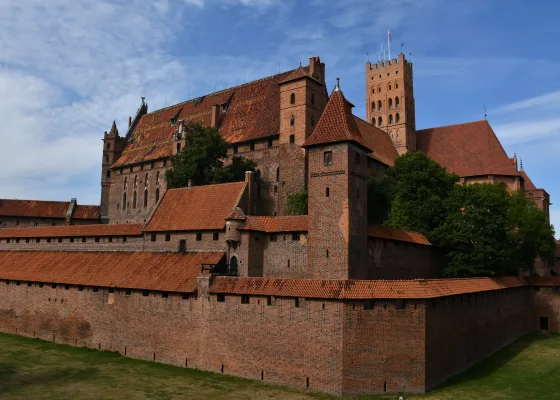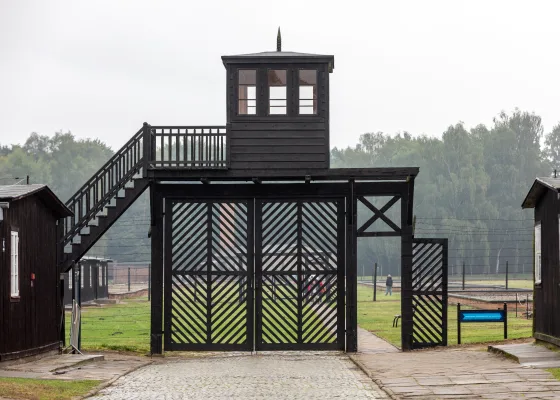Three fascinating outings from Gdansk
Discover a Gdansk beyond the museums, wandering around the city streets and testing the night life.

Malbork Castle
Malbork

Imposing Malbork, the largest castle in the world, was built by the Teutonic Knights, a German Roman Catholic religious order of Crusaders. Originally named Marienburg, or Mary’s Castle, it was built to maintain the Crusader Order’s power in newly conquered areas, that also came to include Gdansk itself. Since then, the Castle has been in Polish, Swedish and Prussian hands and has also acted as a military hospital, Prussian national symbol and a place of pilgrimage for the Hitler Youth in the 1930s. As a German bastion in the Second World War, it was heavily damaged and renovation work has continued right up to 2016. Malbork is a designated UNESCO World Heritage Site and now houses a museum that hosts many events.

Slowinski National Park
Słowiński

The walking trails in Slowinski National Park are the most extensive of their kind in Europe and something of a nature phenomenon. The towering sand dunes migrate several meters each year and gradually wrap themselves round trees and bushes in dramatic and photogenic ways. Even though the dunes are a popular outing destination, the National Park has plenty more to offer in the form of a beautiful and varied coastline, woods, lakes, rivers and bird life. There are around 140km of trails for walking or cycling with observation towers, benches and resting places. Slowinski National Park is a UNESCO World Heritage Site.

Stutthof
Muzeum Stutthof w Sztutowie

A visit to a concentration camp is not something to put a smile on your face. But when you go around the remains of Stutthof, the first Nazi concentration camp, the scale and horrors of the Nazi regime of extermination become palpable. 110,000 people from 28 countries were imprisoned in Stutthof between 1939 and 1945, of which 85,000 died in the camp. The mounds of shoes belonging to victims, including children, and explanations of life in the camp, the killings, the gas chambers, crematoria and medical experiments are chilling sights, but something worth seeing to understand what happened here in Poland and Europe during those terrible times.
Text by Lise Hannibal